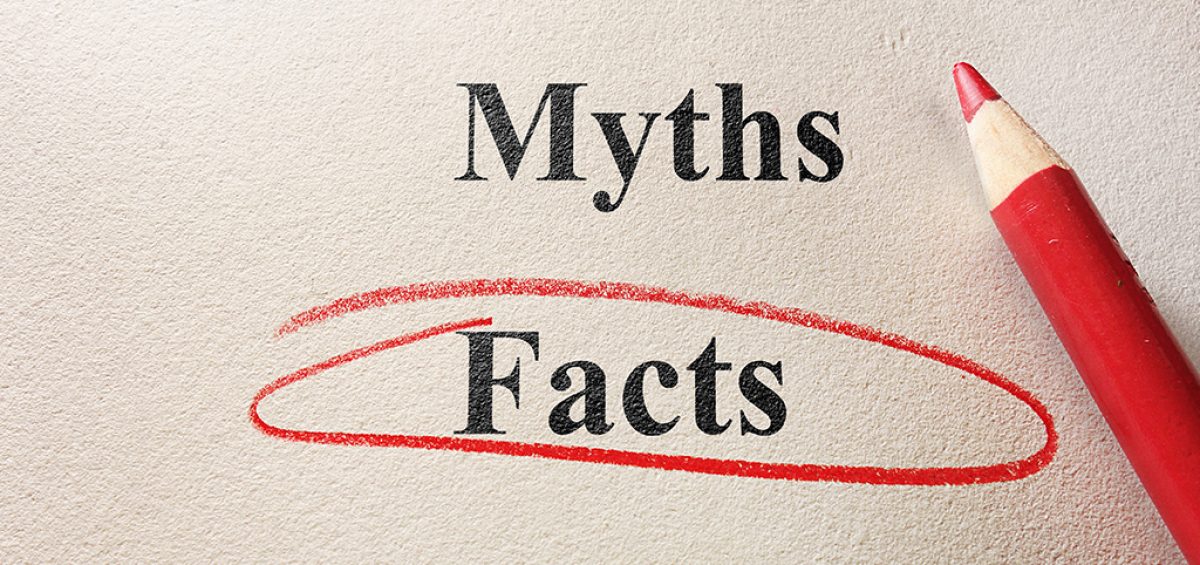A lot of misconceptions surround the digital publishing industry and the digital conversion process. Publishers that have already chosen to go the digital publishing route, are reaping the benefits of an extended reach, ability to add interactivity, universal compatibility, better distribution, quicker conversion, and cost efficiency.
Top 10 Myths about Digital Publishing, and Why should publishers Adopt e-publishing
Myth #1 eBooks are easy to duplicate:
Digital publications are easier to replicate and reproduce which leads to revenue loss.
Fact– Most Digital publishing platforms offer DRM (Digital Rights Management) which protects copyrighted content by encrypting it in a locked state, preventing piracy.
Myth #2 eBooks are only suitable for linear or text-heavy content:
Digital publications are only suitable for linear text or for content with majority text like novels, journals.
Fact – The major advantage one derives out of digital publishing is the extended reach due to its compatibility with devices like Mobiles, eBook readers, Tablets, etc. All these devices are capable of displaying high-resolution multimedia content enabling the digital publishing industry to create and publish graphics heavy digital publications as well.
Myth #3 eBooks don’t allow offline access:
Like its printed counterpart, eBook readers or mobile devices cannot be used to read offline without internet connectivity.
Fact – Digital publishing platforms can convert eBooks to mobile compatible formats or into mobile applications, which enable the reader to download and access the content offline at their convenience.
Myth #4 Digital publications lack aesthetic appeal:
Content may not look identical to its printed version and digital publishing will deplete its visual appeal.
Fact– Digital publishing process requires changing the layout of the content keeping in mind its purpose and target audience. To make the digital publication compatible with most devices, change in layout will, in fact, make it more aesthetically appealing.
Myth #5 Only eBook readers can access digital publications:
Due to the expense of purchasing a dedicated eBook reader; publishers may lose their potential audience.
Fact– Digital publishing platforms offer the functionality to convert eBooks to Mobile compatible formats after which readers can view digital publications from the device of choice, eliminating the need for an eBook reader.
Myth #6 High cost of conversion:
Converting publications in digital and mobile compatible format is expensive.
Fact– Digital publishing platforms offer affordability with different pricing plans, few of which are mentioned below:
(1) Revenue sharing plans- Free conversion in exchange for a percentage of revenue
(2) Flexible pricing- Pay as you go, which can be changed later and
(3) Fixed Annual/Monthly fees- Flat fees at regular intervals
Myth #7 Digital Publications are not engaging:
Physical books are more engaging for the readers
Fact – Both formats have their own merits, depends on the liking of the readers.
When it comes to digital publishing, players in the digital publishing industry can add a layer of interactivity to their publications by embedding multimedia content.
Select digital publishing platforms also offer an option to integrate AR (Augmented Reality) to stimulate the imagination of a reader with 3d visuals, making the learning contextual and engaging.
Myth #8 eBook readers cause eye strain:
Device for reading eBooks cause eye strain.
Fact – Above mentioned perception is false. Here is an article to back the point that eBook readers don’t cause eye strain.
Myth #9 Digital publishing process disorients the content:
The publishing process may drastically change the formatting or layout, disorientating the content.
Fact – Digital publications generally come with 2 types of content layouts which are
(1) Static layout (fixed) or
(2) Dynamic layout (Reflowable).
To enable easy access of their content, publishers can format content in either of the layouts, for consumption across all devices.
Myth #10 Digital publishing process requires experienced professionals:
Digital publishing of content may require experienced professionals
Fact – Publishing platforms offer different value propositions with guidance of experienced professionals or self-serve platforms. A publisher must evaluate their needs and accordingly partner with a capable digital publishing platform.
Not a Myth # eBooks Lack the feel of a real book:
This cannot be considered as a myth. It depends on the reader’s perception and choice.
Physical has an advantage of feel and weight whereas eBooks have the advantage of being weightless and an option to store multiple titles because of the storage capacity of the device. The readers must experience both to arrive at a conclusion.
Conclusion:
Both physical books as well as its electronic version are different and have their own set of merits and demerits. The decision lies in the hand of the publisher who can get access to a bigger audience and create better digital publications with the latest technology or stay focused on creating physical books.
Majority of the digital publishing industry has already started utilizing digital publishing technology. Taking the best from both the worlds can be the most beneficial strategy if the publisher wants to cater to multiple target audiences.
DISCOVER HOW AN INTERACTIVE EBOOK PUBLISHING PLATFORM CAN HELP YOU
Kitaboo is a cloud-based content platform to create-publish-distribute interactive mobile-ready ebooks.
You May Also Like
-
Interactive eLearning: What to Expect in 2024
Blog,Digital Publishing,eBook solution / February 29, 2024








